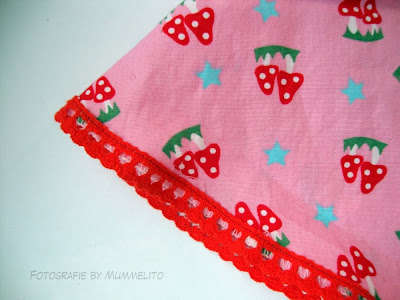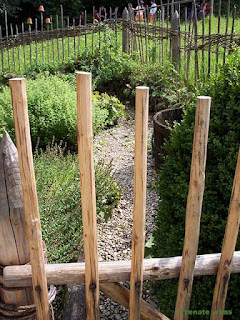we need a lot more spring onions!
I am determined to finish the order right now for the fall planting.
For now I see exactly where they are missing - the beauty of spring!
Anemone blanda :
A.blanda comes in white or blue-violet shades, or mixed.
flourish in a warm place in the garden them from March to April.
location: semi-shaded forest - in the spring, however, it must be like hell. Soil should be humus rich. If you can be the foliage in the fall and occasionally deploy or compost, then does the anemone well. For thick layers of leaves in the spring I clean it off roughly.
use : rock garden, under shrubs
increase : I just let them grow, they reproduce by themselves quite willing
Other: winter protection by deciduous or coniferous branches protects against failures
short again, winter is back and the winter aconite have been wrapped in a warm blanket of snow.
Mr. snowdrops snuggles against women Winterling ...
early flowering Crocus Botanical Crocus tommasianus:
They bloom very early and are therefore particularly valuable to the start in the early spring!
I have planted in large quantities in order to accelerate the widespread effect. For a carpet of crocus under the fruit trees is impressive.
Well - it takes a couple of years it will probably, for it so far, but a garden teaches patience. Very early blooming
also
Crocus imperati ssp imperati De Jager - I really want to settle in the garden next year.
I personally prefer purple - purple flowering crocus, blooming as it still the winter aconite and snowdrops.
The orange stamens and stamp contrast so beautifully with the purple petals. Of these, I would not distract at all.
The wild species reproduces very well, C. "Ruby Giant" but is sterile and spreads more slowly.
Reproduction: by dividing the onion-like nests after flowering. I also translate into the same place. By seed (goes without saying)
location: C. tommasianus permeable substrates, loves gravelly, barren, moderately nutritious.
On sunny, warm woods edge, but also in the lawn.
is soon to come - and then bloom Schlotfgerle:
Muscari - Grape, Perlhyazinthe Reproduction: by dividing the nests
location: dry locations: M. armeniacum, M. azureum, M. neglectum
need more moisture in the spring: M. aucheri, M. comosum, M. latifolium
run wild, too, more than willing in the garden (see list below).
use: Muscari are ideal as a container, as markers for lily-sites (or other later flowering onions) and difficult places in the garden beds at the house as dry-O-side, roadsides. The leaves appear in autumn, so that not even the beds in the winter look so bare.
Here they are along the entrance at Beetrand and under the large apple tree (also on the edge of the road).
There are also a few
fragrant grape hyacinths : M. botryoides, M. muscarimi, M. neglectum Muscari
azureum blooms extra early (for us starting at the beginning of March) and is particularly well suited for naturalizing.
The leaves are somewhat coarser than in M. armeniacum and will not appear in the fall.
Muscari armenicum blooms in April and is the known mass flowering in the garden. Especially nice as a blue contrast with white or yellow daffodils. Uninhibited and wild, the leaves appear in autumn.
Schlotfegerle as beds Slabs in a natural garden
onions, which are suitable for naturalizing: Galanthus - snowdrops,
Eranthis - Winterling,
Crocus - Botanical Crocus species such as C . tommasianus,
Muscari - grape hyacinth (va armeniacum M., M. azureum, M. botryoides, M. neglectum), Narcissus
poeticus - poets, daffodils,
wild tulips - Tulipa sylvestris eg, Anemone blanda
,
Allium - Allium (luckily A. aflatuense, atropurpureum, A. sphaerocephalon, A. triquetrum - because I especially love)
supplier for our bulb were and are :
Bernd Schober, Augsburg and Horst Bhattacharya, Wehretal With this picture of our snowdrops is the month of February to the end - it continues in March with bulbous and tuberous plants in our garden:
snowdrops are beautiful in any garden - whether modern garden, cottage garden, cottage garden and Mediterranean garden
- they ring in the garden year!
.




















































